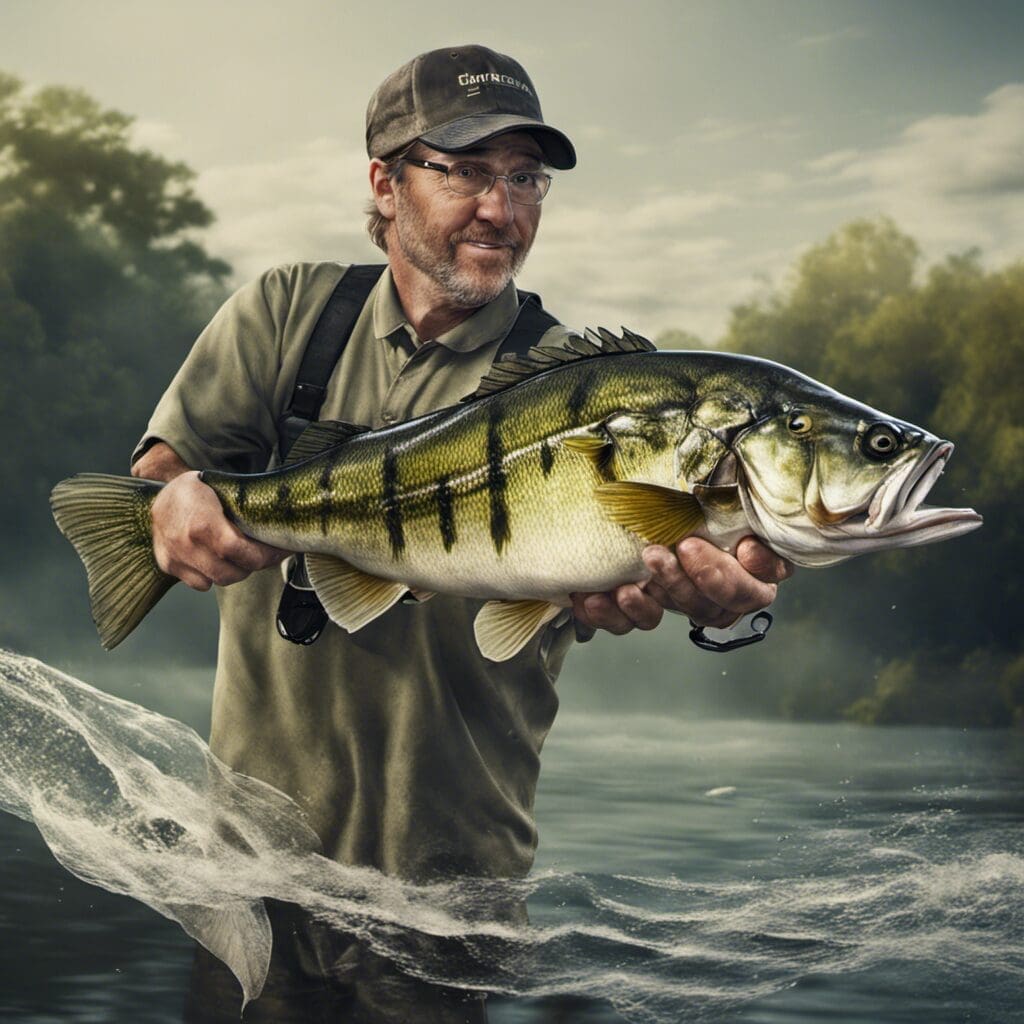Introduction
The Bass (Australian) is a fish species that belongs to the Percichthyidae family. Formally known as Macquaria novemaculeata, this fish is beloved by Australian anglers for its fight and culinary value.
Conservation Status
While the Australian Bass is not currently considered threatened or endangered, it is vulnerable to overfishing and habitat loss due to dam building. Conservation efforts include size and bag limits, restrictions on the types of gear used, and the establishment of “no fishing” areas to protect spawning grounds.
Statistics
| Stat | Average | Range |
|---|---|---|
| Length | 30cm | 20-50cm |
| Weight | 1kg | 0.5-2.5kg |
| Life Span | 20 years |
Distribution
Australian Bass are found along the east coast of Australia from Fraser Island in Queensland to Wilson’s Promontory in Victoria. They undertake a significant migration to the brackish waters of estuaries to spawn during winter, before returning upriver in summer.
Habitats
Usually found in fresh water, Australian Bass favor cooler temperatures around 12-20 °C. They typically reside in rivers and streams but can also live in headwaters and reservoirs. They migrate to brackish estuarine waters to spawn.
When and Where to See
These fish migrate downstream to the estuaries to breed during winter months and can be seen heading back upstream around October. The best time of day to spot them is late afternoon to early morning.
Best Fishing Locations
- Hawkesbury River, NSW
- Yarra River, VIC
- Shoalhaven River, NSW
- Phillip Island, VIC
- Brisbane River, QLD
- Lake Conjola, NSW
If specific locations aren’t known, looking for rocky areas and fallen trees in rivers and streams can help locate these fish. Using small boats or canoes to access remote areas can also increase chances of a successful catch.
How to Catch
Preferred bait for this species includes shrimp, insects, and small fish. Fly fishing, trolling, and bottom fishing techniques can all be effective. The best season for fishing is summer, when the fish return upriver.
Identification Guide
The Australian Bass has a robust torpedo-shaped body, a large mouth and a silver to dark gray color. It is often confused with the Estuary Perch, but the Bass has a larger eye and a more pointed head shape.
Behavior
Australian Bass are predatory fish, feeding on smaller creatures like insects, shrimp, and small fish. These fish are also known to leap out of the water when hooked, putting up a spirited fight.
Culinary
Australian Bass has a white, flaky meat with a delicate flavor that goes well with many different spices and sauces. It is typically grilled, baked or barbecued and can be found in many Australian seafood dishes.
Predators and Threats
Apart from overfishing and habitat loss due to dams, natural predators include larger fish species, birds, and aquatic mammals. Additionally, pollution and changes to water flow can have detrimental effects on Australian Bass populations.
Cultural and Historical Significance
The Australian Bass is a symbol of Australian freshwater fishing and is celebrated in recreational fishing tournaments. The species plays a key role in indigenous folklore where it represents resilience and survival.
References and Further Reading
- The Complete Guide to Australian Fish, Neville Coleman
- Australian Freshwater Fish Atlas, Native Fish Australia
- Guide to Fish of Australia, Frank Prokop

